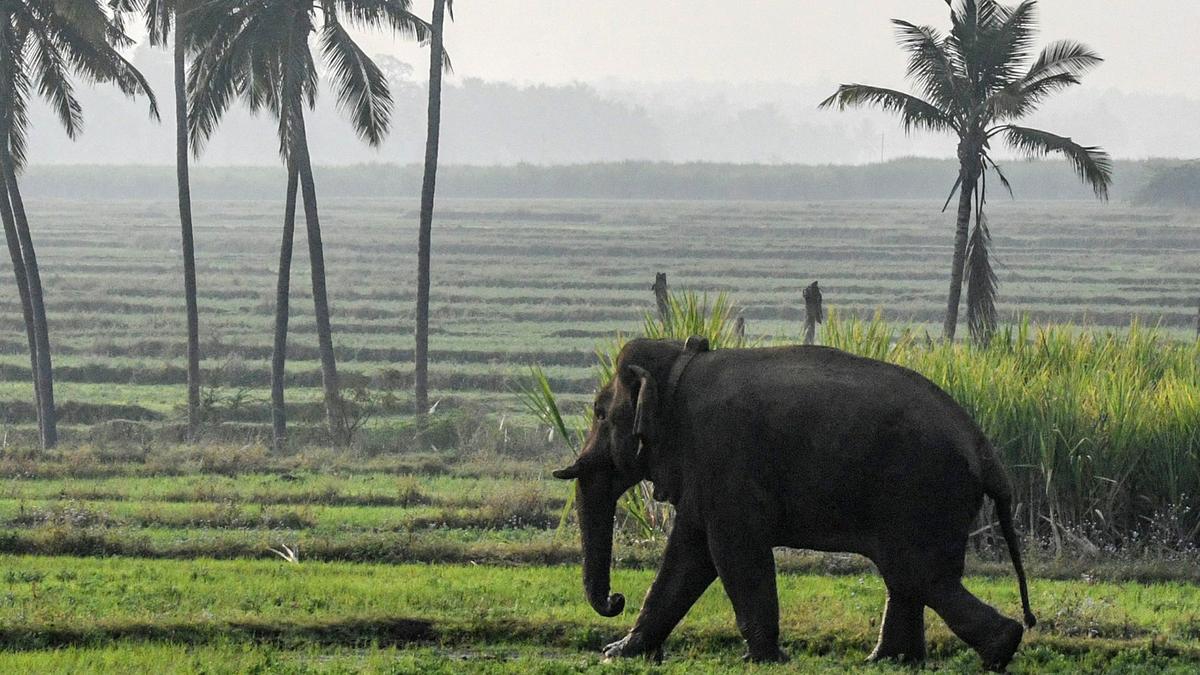Now Reading: Madras High Court Judges to Inspect Coimbatore Forests on Proposed Anti-Elephant Fencing
-
01
Madras High Court Judges to Inspect Coimbatore Forests on Proposed Anti-Elephant Fencing
Madras High Court Judges to Inspect Coimbatore Forests on Proposed Anti-Elephant Fencing

Quick Summary:
- Two Madras High Court judges, N. Sathish Kumar and D. Bharatha Chakravarthy, plan to inspect a 10-km stretch at Thondamuthur in Coimbatore district, where steel wire rope fencing is proposed to mitigate Human-Elephant Conflicts (HEC).
- The inspection will take place on September 5-6, 2025, and include other areas prone to elephant movement.
- Activist S. Muralidharan opposed the fencing project near forests; government officials defended it as a pilot initiative announced by CM M.K.Stalin in November 2024.
- Over three years in the vulnerable Coimbatore forest division:
– elephants strayed out over 9,710 times;
– Resulted in 147 deaths between 2011-2022;
– ₹11.35 crore compensation paid for fatalities.
- Traditional trenching and solar fencing have failed; ₹5 crore was sanctioned for the wire fence design aimed at crop protection from elephants.
- Amici curiae’s objections:
– Terrain concerns include steep slopes with no buffer zones for elephant navigation.
– Risks of elephant mortality cited due to restricted movements or forced interaction with fences.
– Potential conflicts may shift outside fenced areas rather than resolve them entirely.
– Urge scientific studies before implementation and consolidation of notified elephant corridors.
Indian Opinion Analysis:
The planned inspection by Madras High Court underscores the complexity of balancing conservation efforts and community safety amidst growing Human-Elephant Conflicts (HEC). The data presented highlights significant loss-both human lives and financial costs-while traditional solutions have proven ineffective locally.
From governance perspective, Tamil Nadu’s push for innovative measures like steel wire fencing reflects urgency to address conflicts systematically rather than reliance on outdated methods. Though, objections raised by activists and amici curiae regarding ecological impacts merit careful consideration. Their call for scientific studies aligns with broader principles of sustainable wildlife management while protecting human settlements.
For India collectively managing man-animal conflict like above sustainable/local stake balance emerges CSS Ethical debates nearby longer-term “Why corridor investment awaiting risks escalations conservatory”
—
Read More:





















